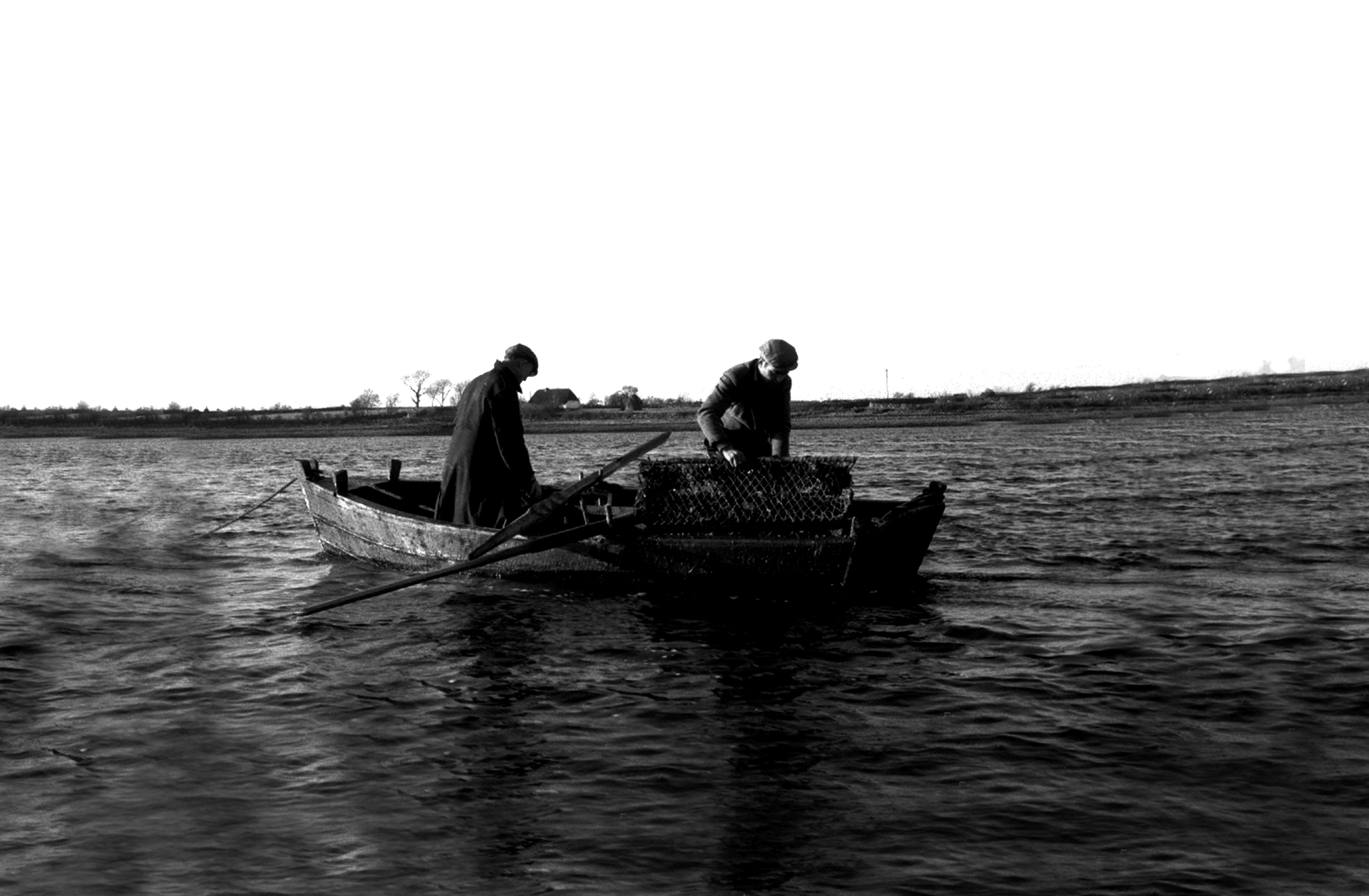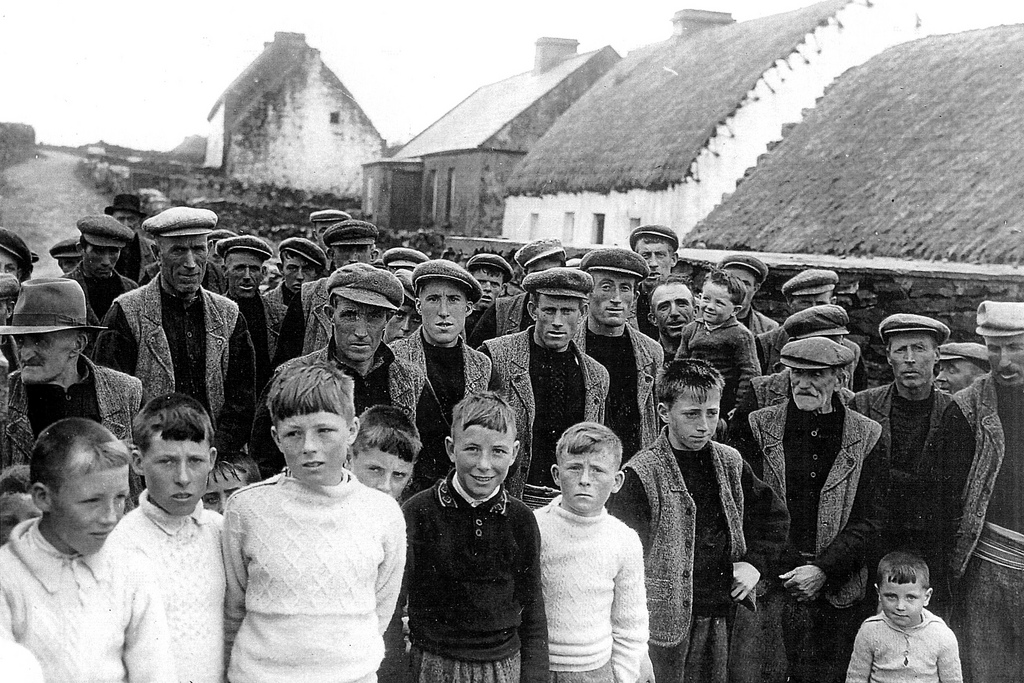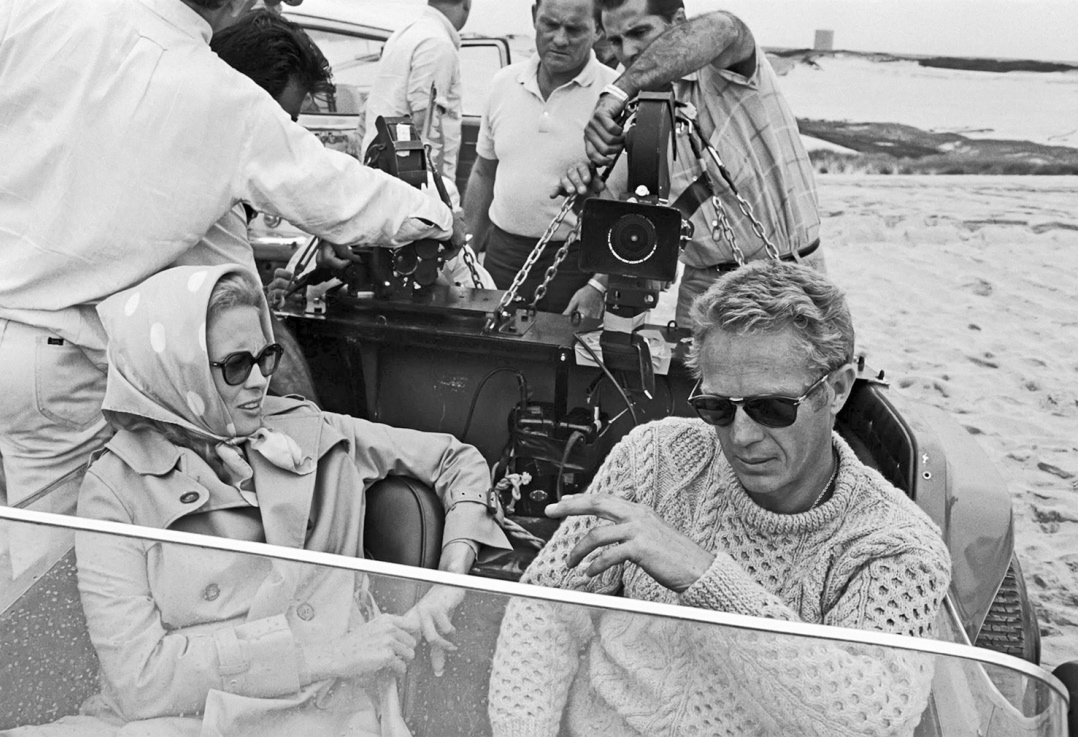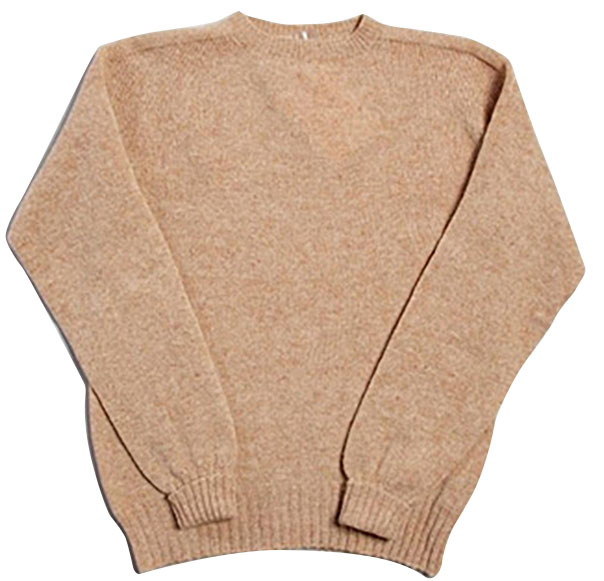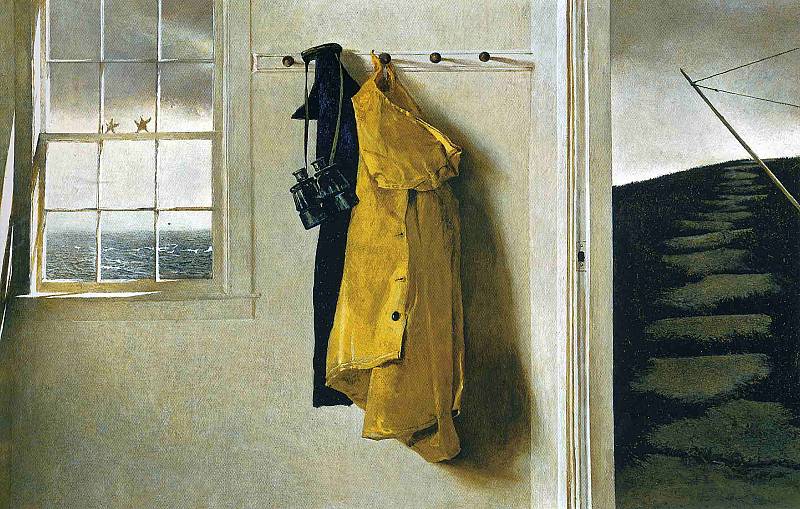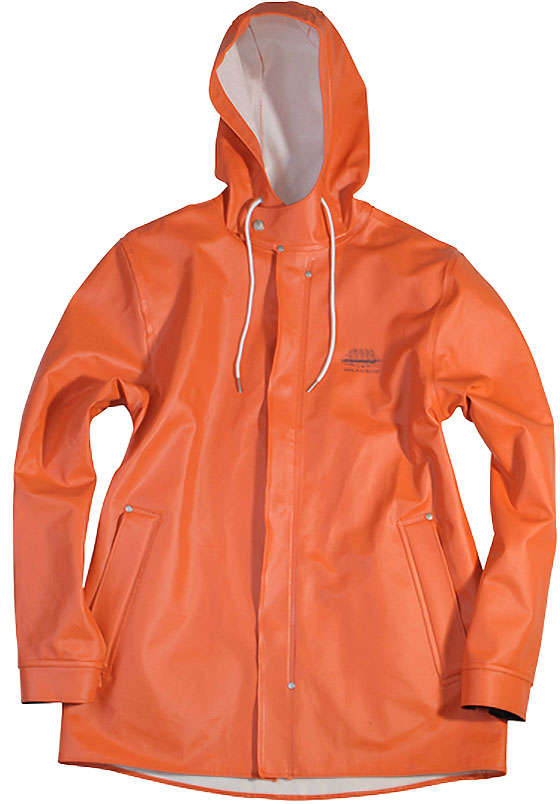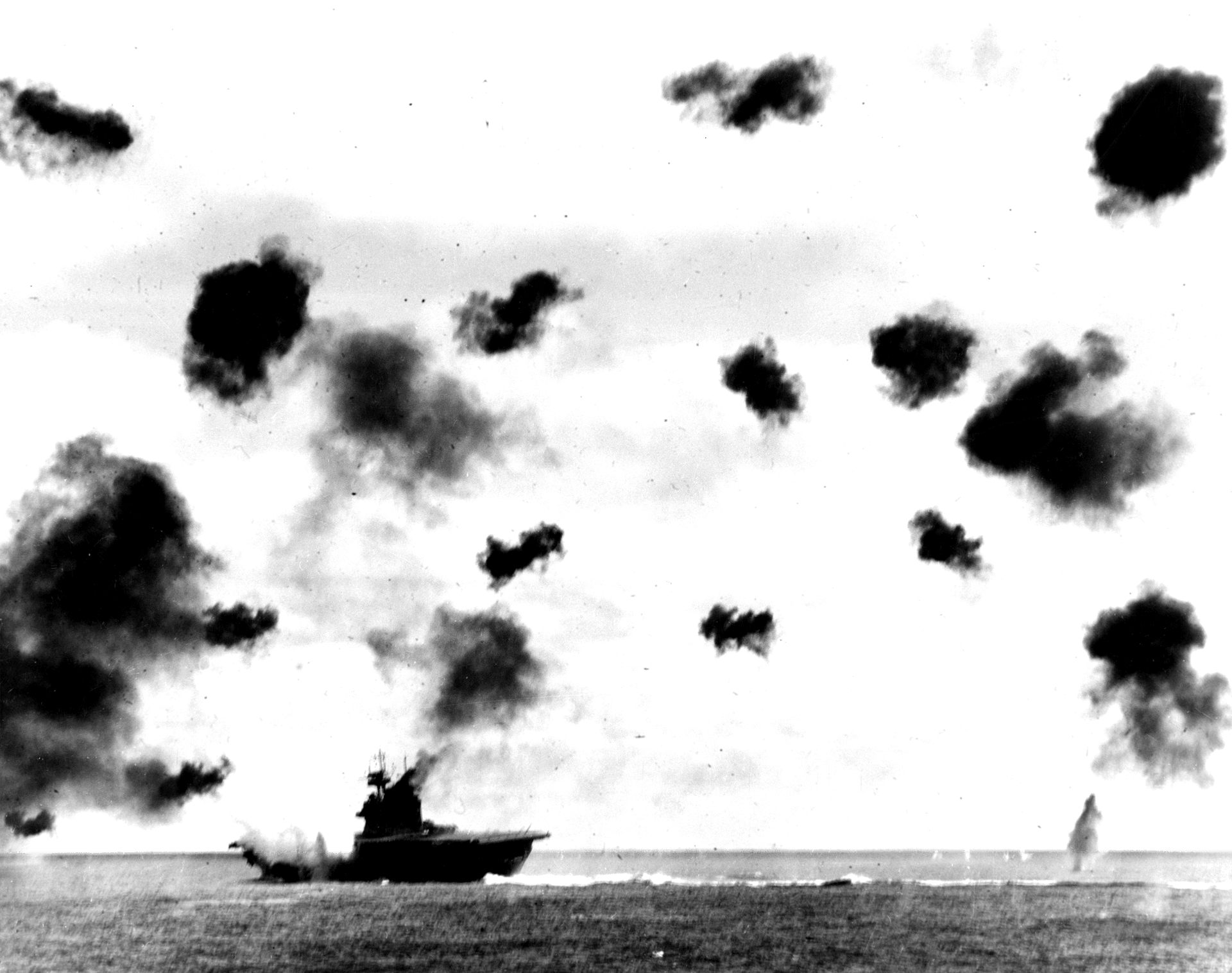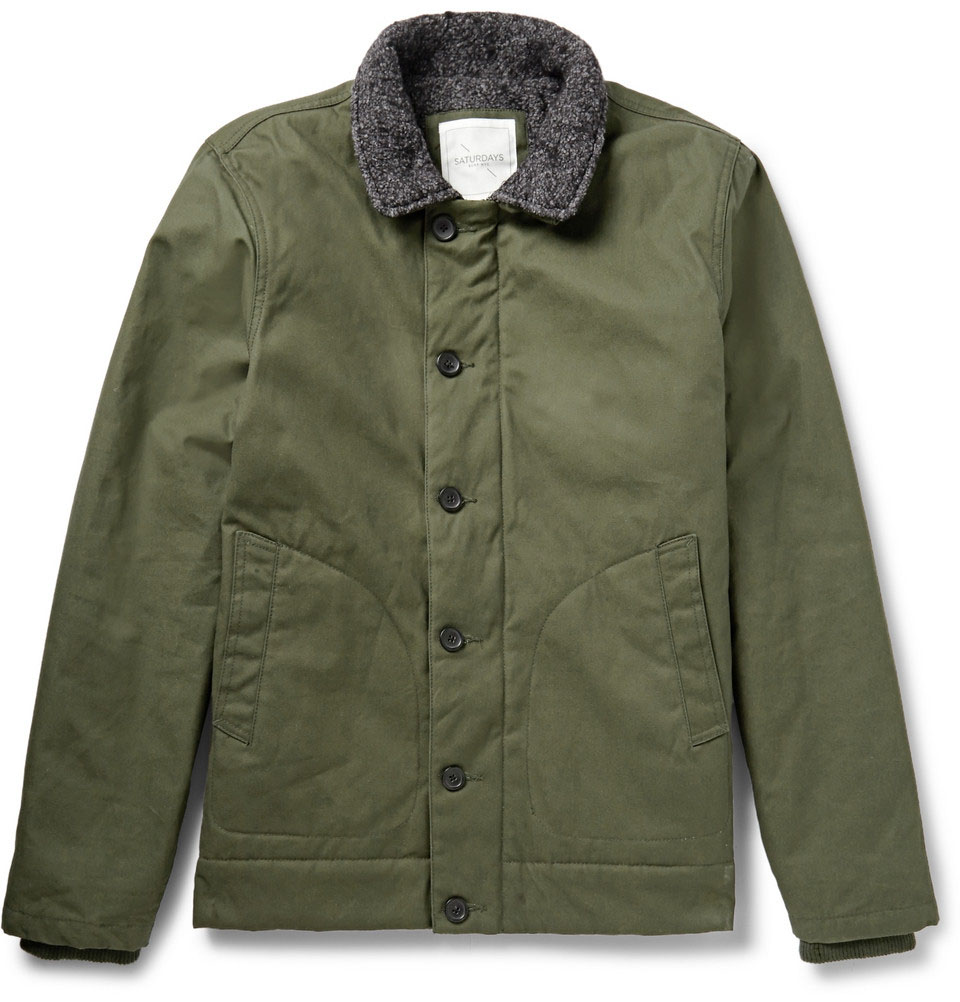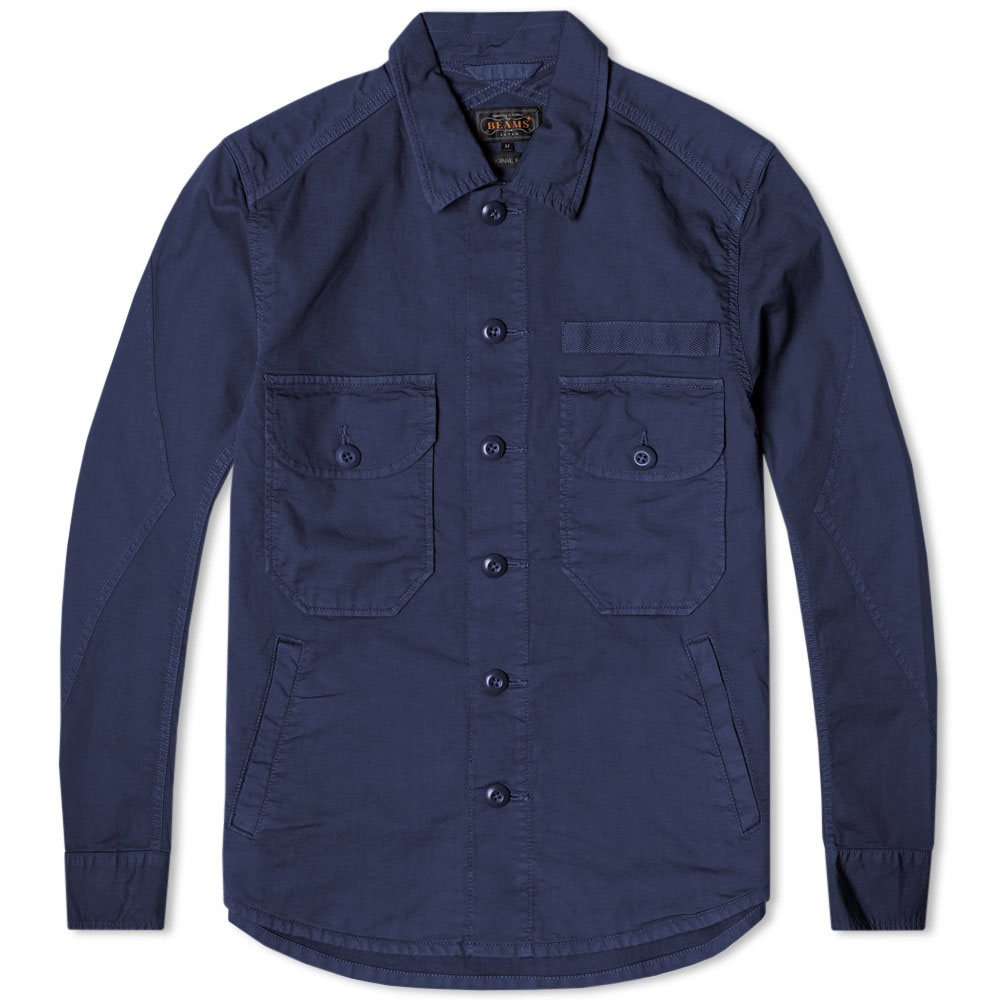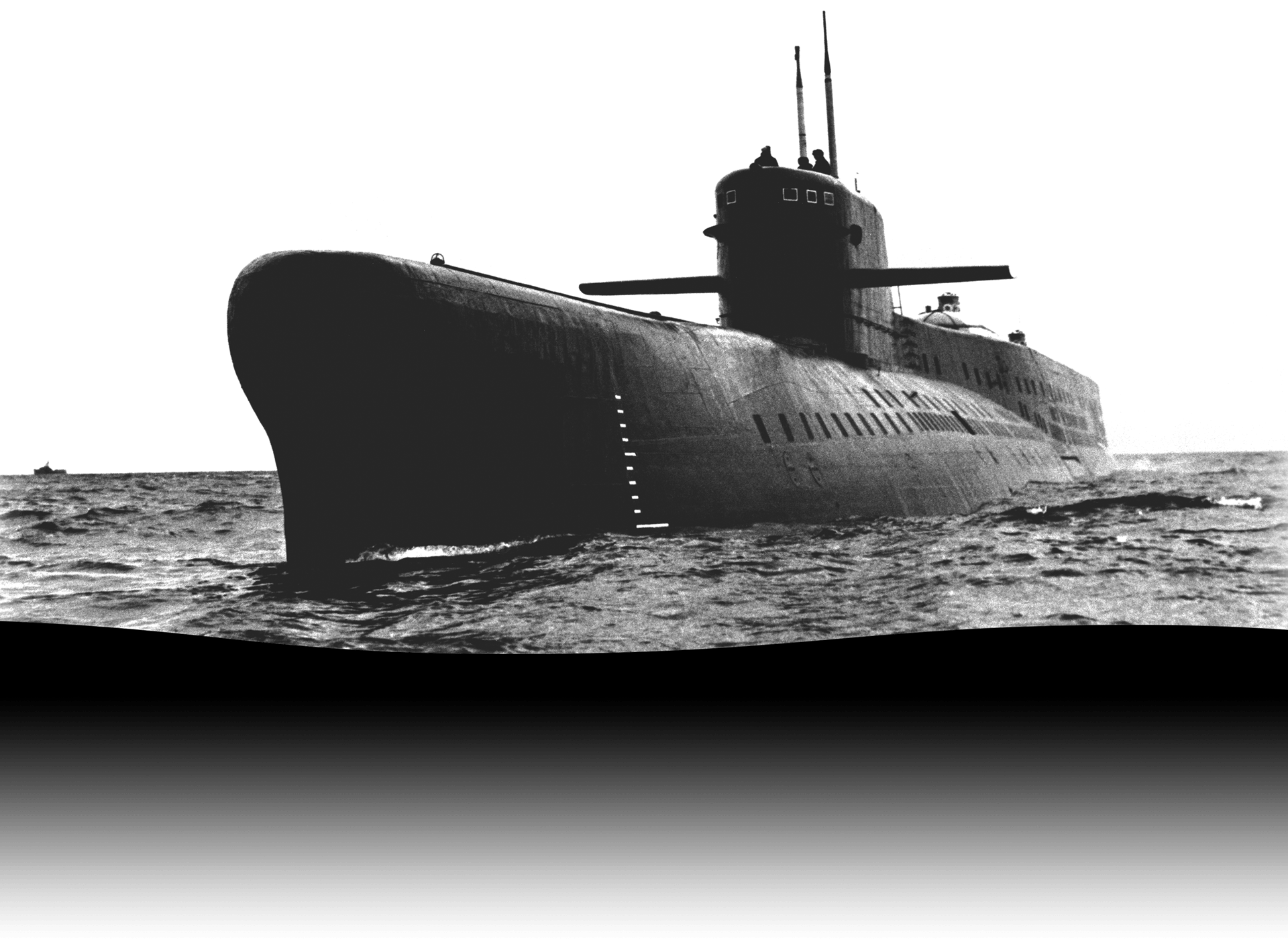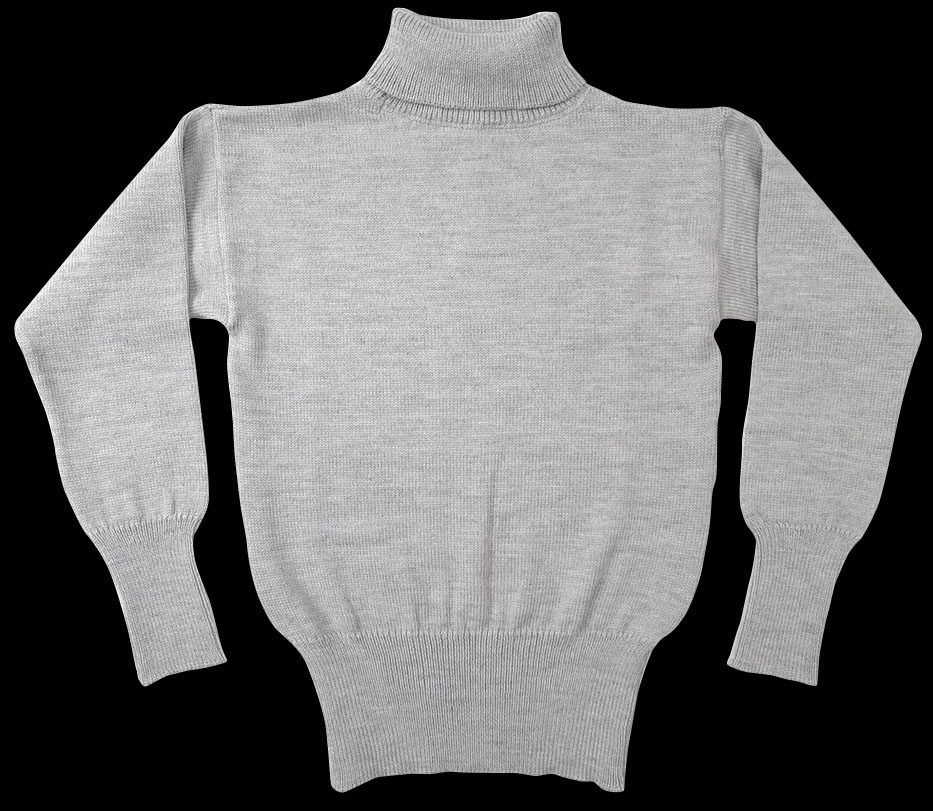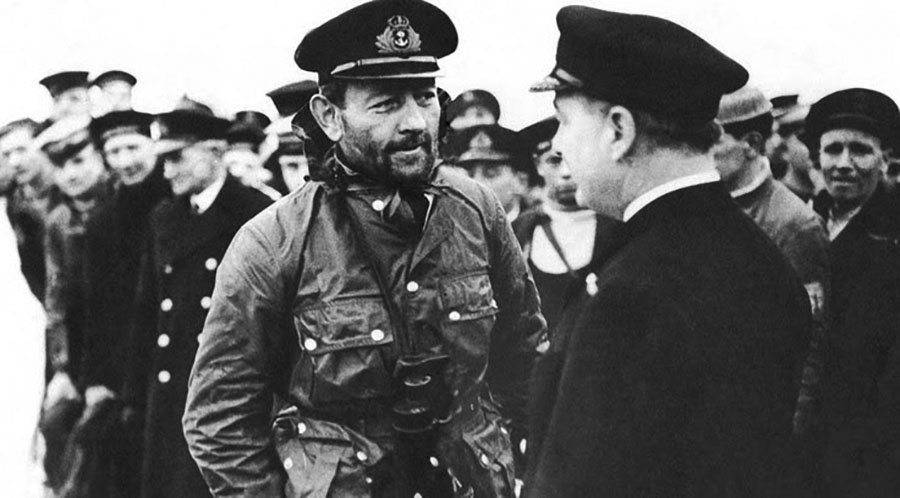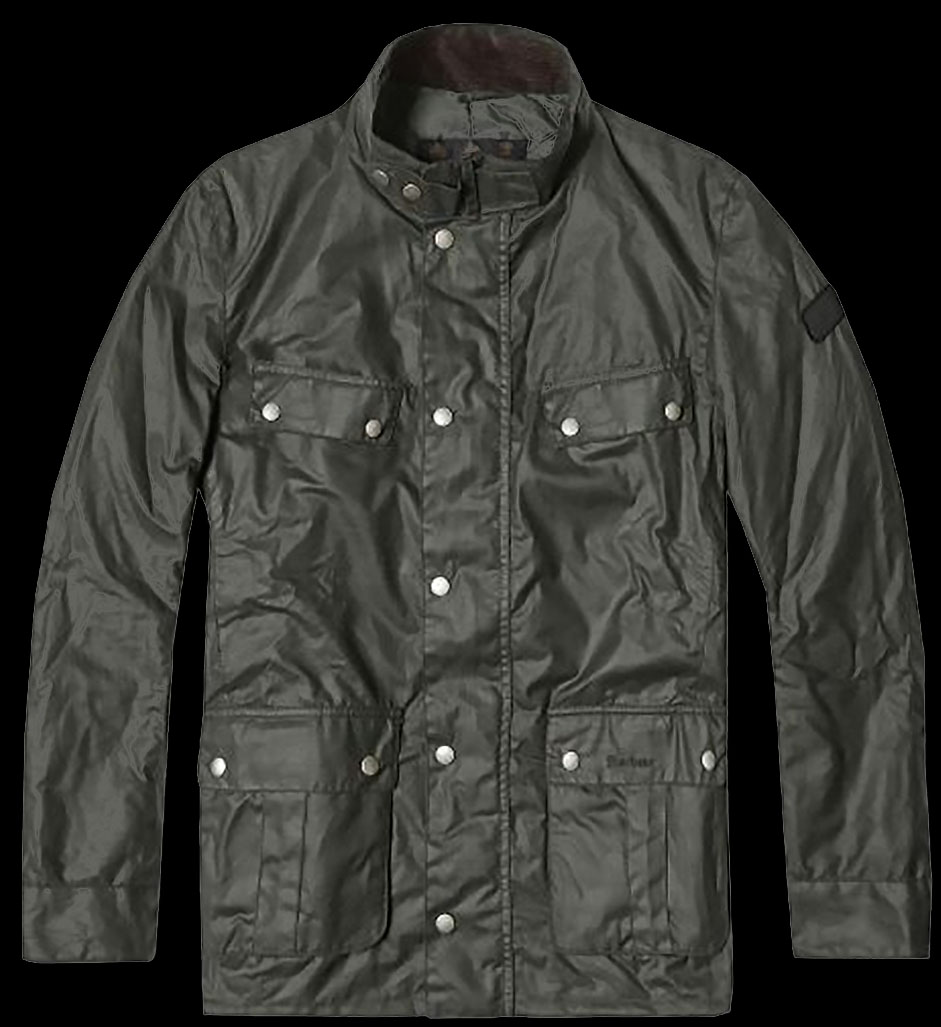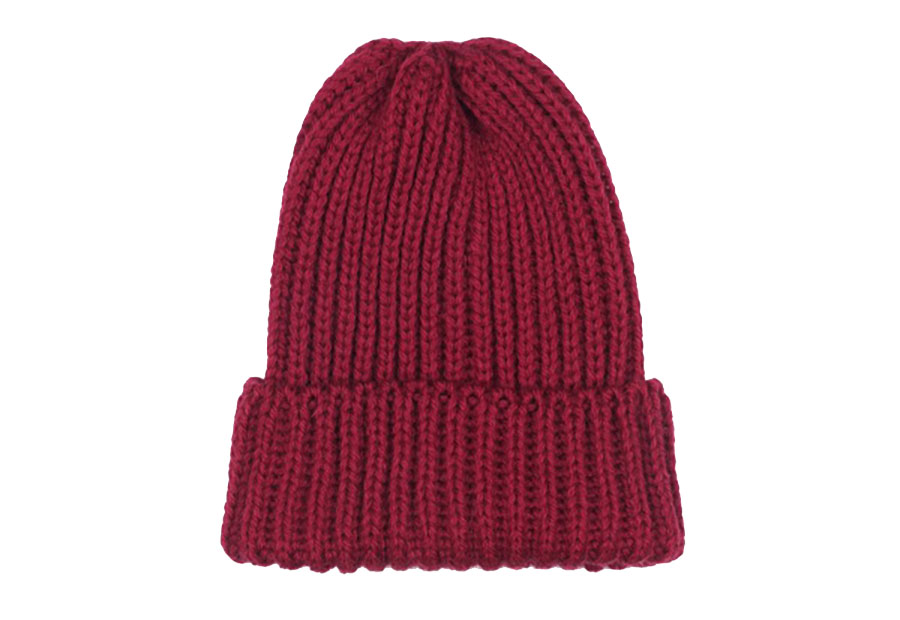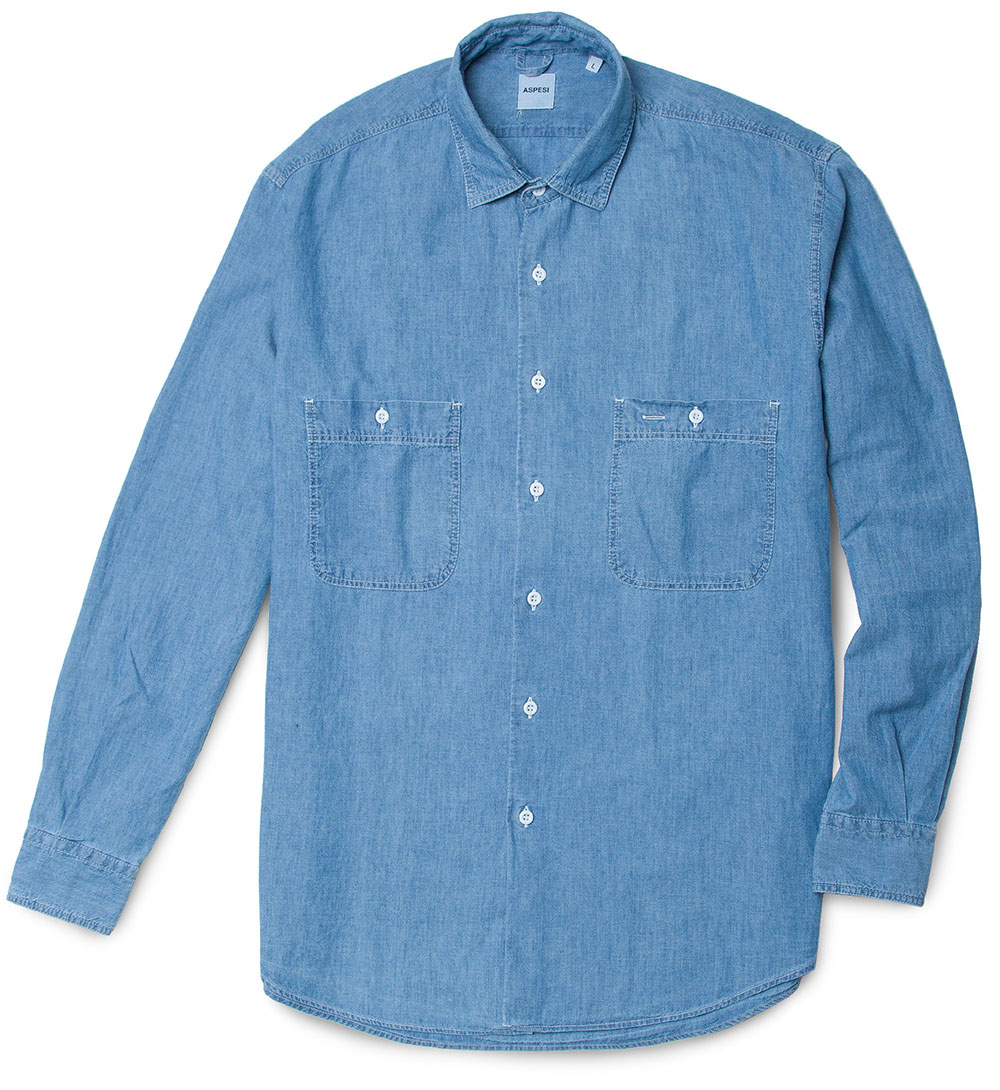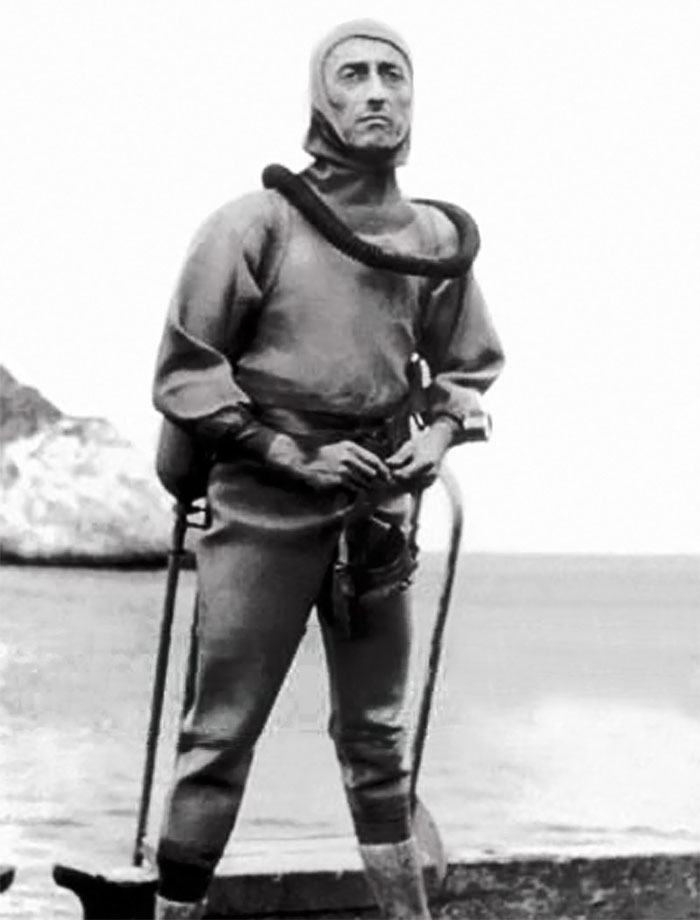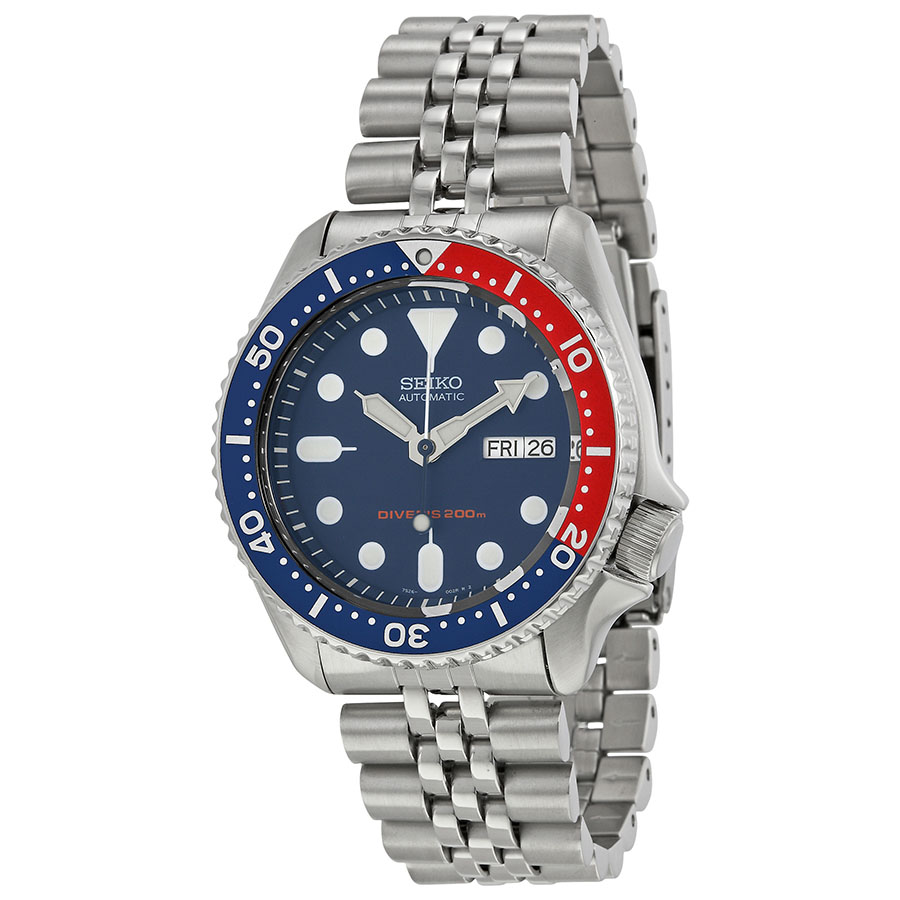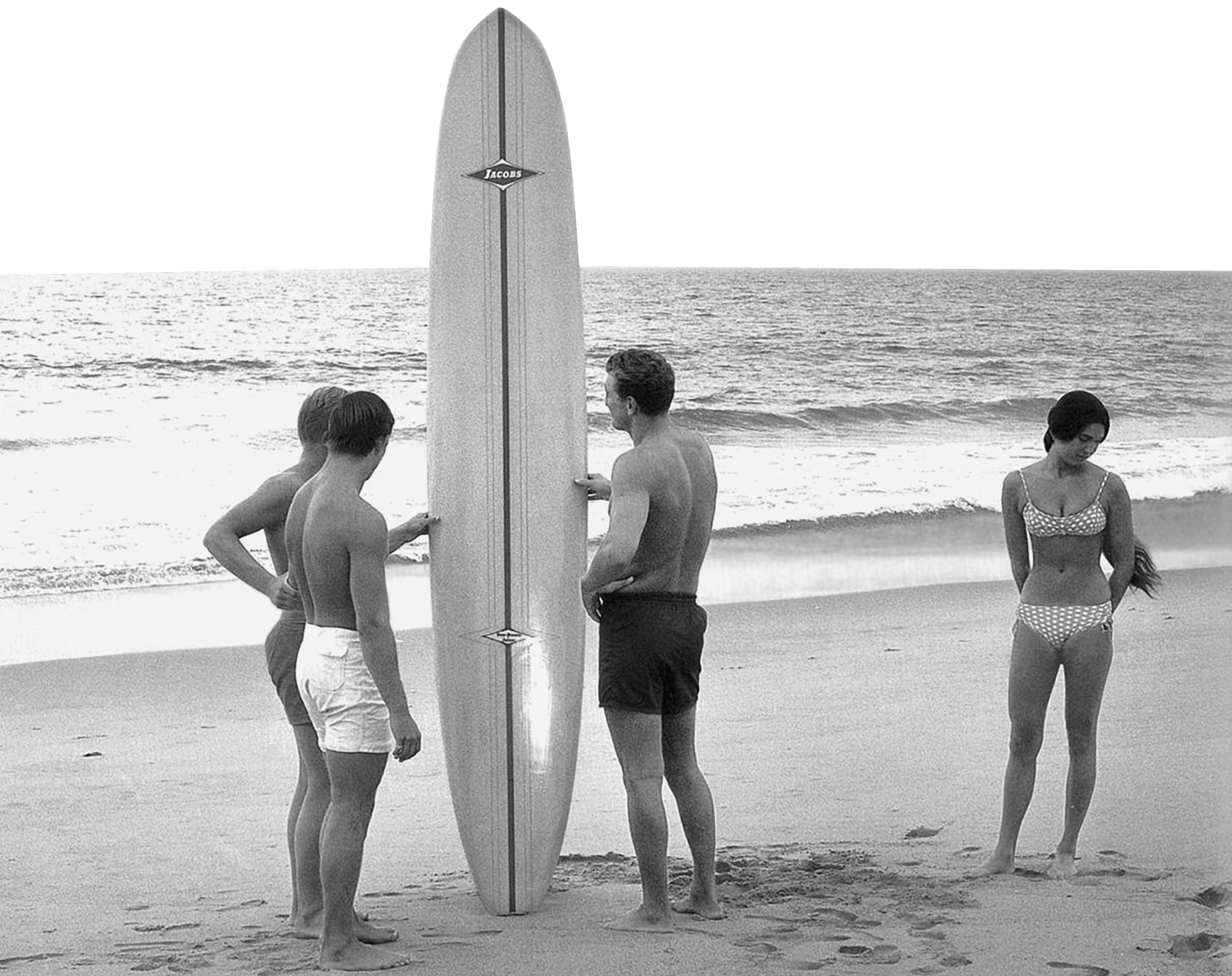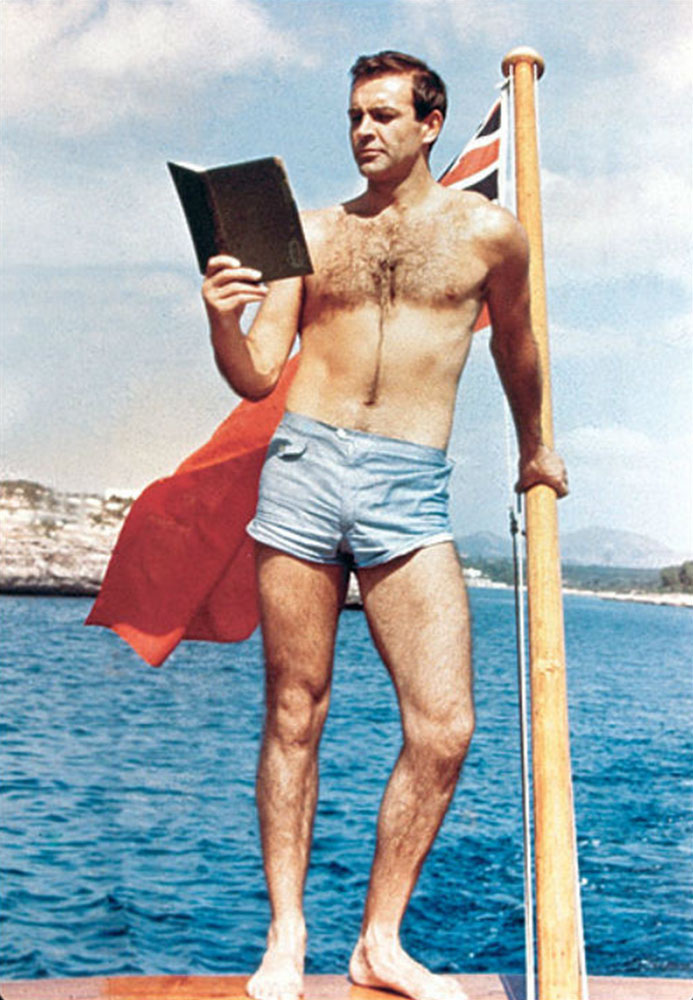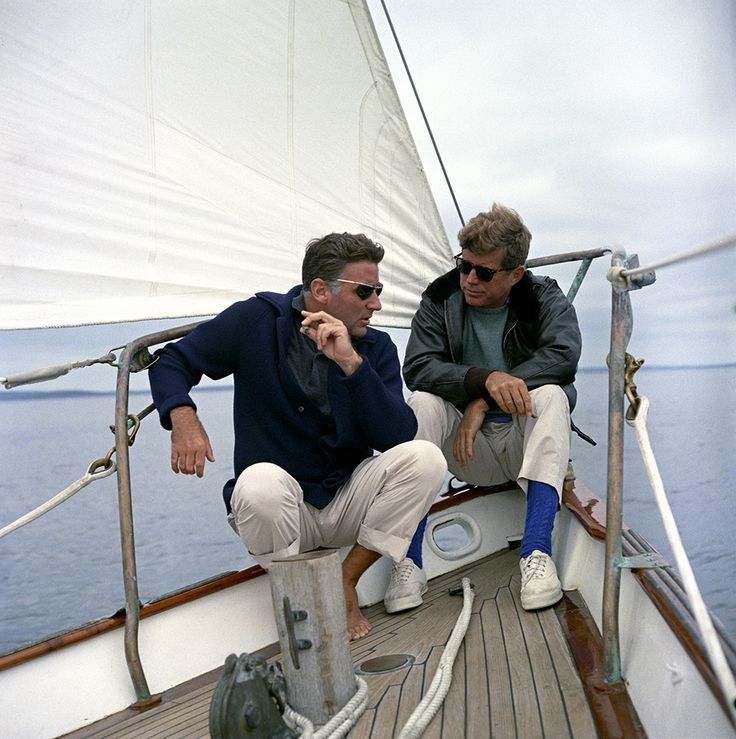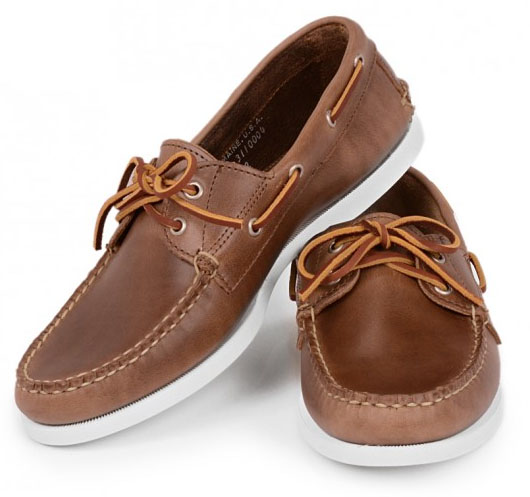The Navy was probably the single most influential military institution when it comes to classic mens dressing, from blazers to peacoat’s to breton shirts its a consistent staple of everyday menswear. While formal Navies as we know them today existed in Europe from around the 15th century, it wasn’t until the late 1700’s that uniforms were introduced, and not until the mid-1800’s do we see what we would consider ‘naval’ clothing: double-breasted coats, striped shirts etc. Their influence on fashion from this time on was almost immediate, the peacoat, bridge coat & blazers became staples of civilian mens clothing with their trim shape and flattering dark navy colouring. The breton shirt was a little bit longer in making headways outside of naval & coastal contexts but by the 1920s had become a staple of summer fashion.

Portrait of Boris Serebryakov
Since the heyday of naval wear in the late Victorian-era it has been the uniform of bikers, beatniks, actors, writers & artists. Its outsider appeal a likely combination of smartness, versatility and affordability. This remains the case, almost all naval clothing can be had for reasonable prices from traditional manufacturers or surplus, and it’s an ideal place to start building a wardrobe.
Breton shirt
In 1853 the French navy based in Brittany in the north of France adopted a ecru woven shirt with a wide boat neck, 3/4 length sleeves and a block of 21 navy stripes—supposedly based on the 21 battles won by Napoleon, which when you think about it is kind of strange for a naval shirt. They were either made from a heavy cotton jersey or wool, and became popular not just with the sailors of the navy but also local Breton fishermen, the stripes stood out among the waves if one fell overboard. These shirts would be adopted by many other European navies as well.
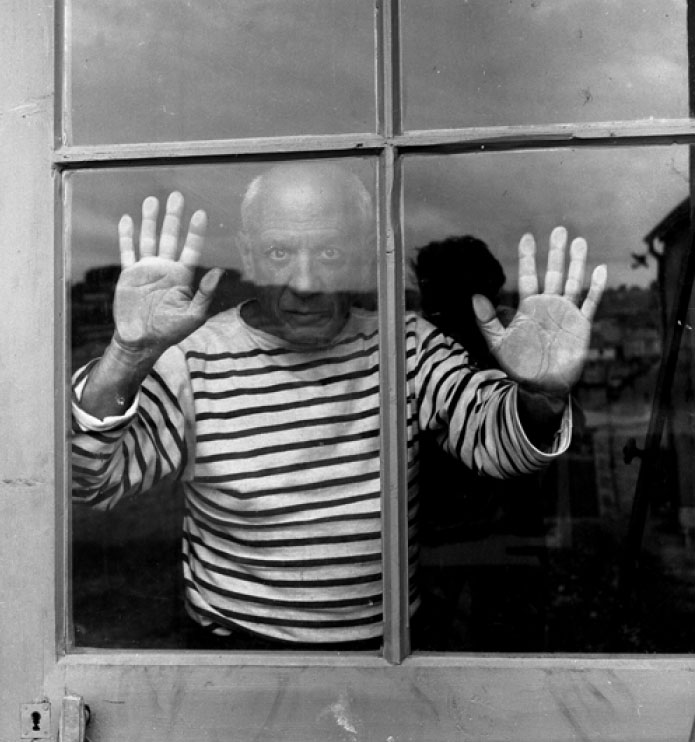
Pablo Picasso in a Breton Shirt
The breakthrough to the wider world of fashion would come via Coco Chanel who created, soft cotton Breton styled shirts for her 1917 collection. This created a craze for the shirts, especially for those vacationing in the French Rivera, a world away from Brittany’s harsh waters. The 1960s saw the shirts adapted by Beatniks, actors of the French New Wave, bikers and artists. It had a wonderful graphic quality and paired well with jeans and casual trousers. Authentic Breton shirts remain an affordable and versatile staple, being produced in a number of variations by companies like: Armor-lux, St.James, Orcival & Le Minor. While the example we have chosen hews toward the traditional, they all produce models in less conventional colours & in short sleeves as well. Another garment worth checking out are the buttoned shoulder marine sweaters—a knitted wool cousin of the Breton shirt.

Orcival Breton Shirt
Styling Advice
A strongly casual style that works brilliantly (like many naval garments) with denim jeans and heavy knitwear. It can though be smartly worn under a dark blue or charcoal suit as part of a semi-formal ensemble.
Peacoat
The peacoat is the ultimate, the single most influential garment outside of the suit in menswear. It’s not known exactly when it began to see use in navies but the name is mentioned as early as 1720 and appears originally to have referred to the Dutch cloth it was manufactured from—pije—which made the jacket a pijjakker. Various other explanations have been suggested but considering the Dutch history of seafaring and cloth production it seems a safe bet. While early styles were shorter the jacket evolved by the late 1800s into the heavy, melton wool, double-breasted overcoat we know today.

Sailors in Peacoats
Over the years it has become lighter, the buttons have changed from brass to bakelite to plastic but its largely the same—a warm, versatile coat that looks just as well with jeans, sneakers & sweatshirts as with a suit. The other great thing is it’s affordability, while fashion brands will often make variations on it, the original is hard to beat and many traditional manufacturers & naval contractors sell it direct (not to mention surplus) so a jacket that can do you for almost all occasions, keep you warm in all but the most extreme weather and never fall out of style can be had for less than $200. Sterlingwear of Boston does a great classic navy-spec, 30 ounce wool coat for a very good price and Muji produces a good looking one in New Zealand wool. We however, like the Armor-lux one pictured which uses brass buttons rather than the more common plastic.
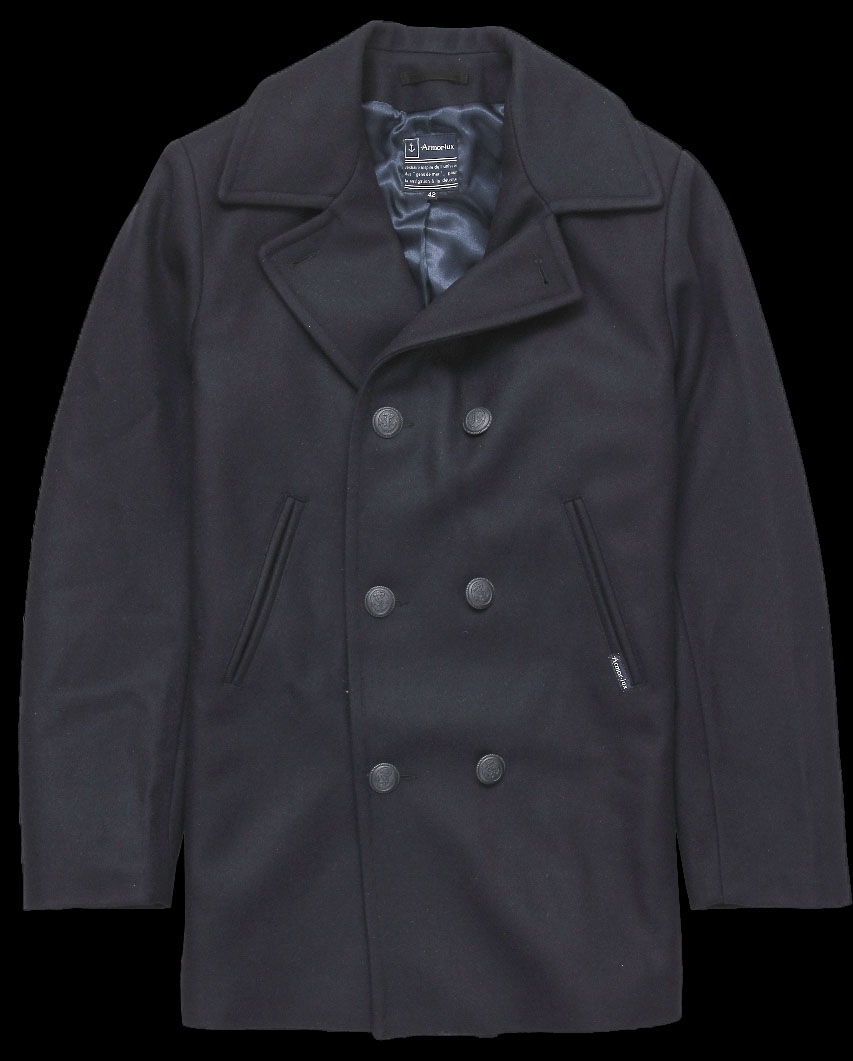
Armor-Lux Cap Sizun Pea coat
Styling Advice
This one is truly versatile. It flatters almost all shapes and as an Autumn/Winter jacket it’s equally good with workwear, streetwear & formal clothing. Although for a specifically nautical look pair it with a roll-neck sweater, some dark denim jeans and boots.
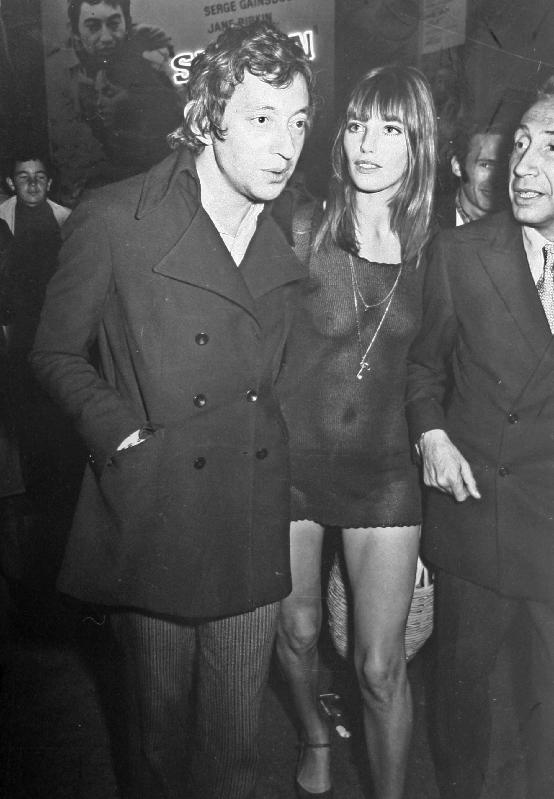
Serge Gainsbourg & Jane Birkin
Bridge Coat

James Dean sporting a bridge coat
The bridge coat was the officer jacket analog to the peacoat, longer (usually falling below the thighs) with two patch pockets on the side as well as epaulets on the shoulders to mark rank and sometimes with brass buttons. A more formal, dressed up jacket than the pea-coat but still featuring much of the same details—oversized convertible collar, fouled anchor buttons on a double-breast, dark navy or black colouring and rugged appeal. It was favoured by the likes of Winston Churchill and Patrick Grant of the Tailors Norton & sons also wears one very well. The Gloverall ‘Churchill’ model is a nice easy-to-wear take on the bridge coat, not over the top on the officer styling.

Gloverall Churchill Bridgecoat
Styling Advice
More formal than the peacoat with less workwear associations, its the sort of thing you can pair well with a suit and some blutchers, or flannel trousers & a shaggy sweater.
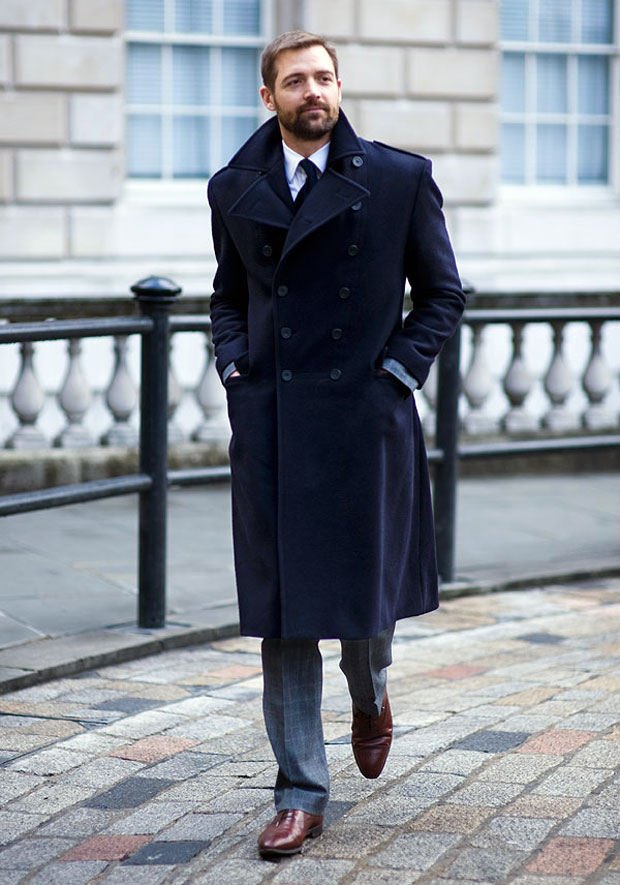
Patrick Grant of Tailors Norton & Sons
Duffle Coat

Lieutenant Basil Beal wearing foul weather gear
The Duffle coat is a hooded overcoat with an oversized fit, named for the town in Belgium where its woollen fabric was originally produced. The coat, in a camel coloured cloth was issued to sailors during the first world war as cold weather clothing, it was made large so it could be easily thrown over a uniform, with toggle closures—sometimes called walrus teeth—to allow it to be easily closed while wearing gloves. It was famously worn by General Montgomery while on campaign and in the post-war period when clothing was scarce (and rationed) and surplus duffle coats were plentiful, they became a staple of British (and continental European) style. In the 1960s like so much naval surplus they became associated with students, bohemians and protestors, while in America it became a jacket of the Ivy League. While more fashion-friendly models with shorter hems, slimmer fits and varying colours are produced by Gloverall (the most famous maker) the Monty coat retains the classic naval coat’s character.

Gloverall Duffle Coat
Styling Advice
Another all rounder. Pair it with jeans, trail bluchers & a heavy knit or go preppy with a corduroy suit, scarf & loafers, both will work with a duffle. The only thing I will say is you’ll want to try these on in person if possible, the shape is not for everyone and can be dowdy.
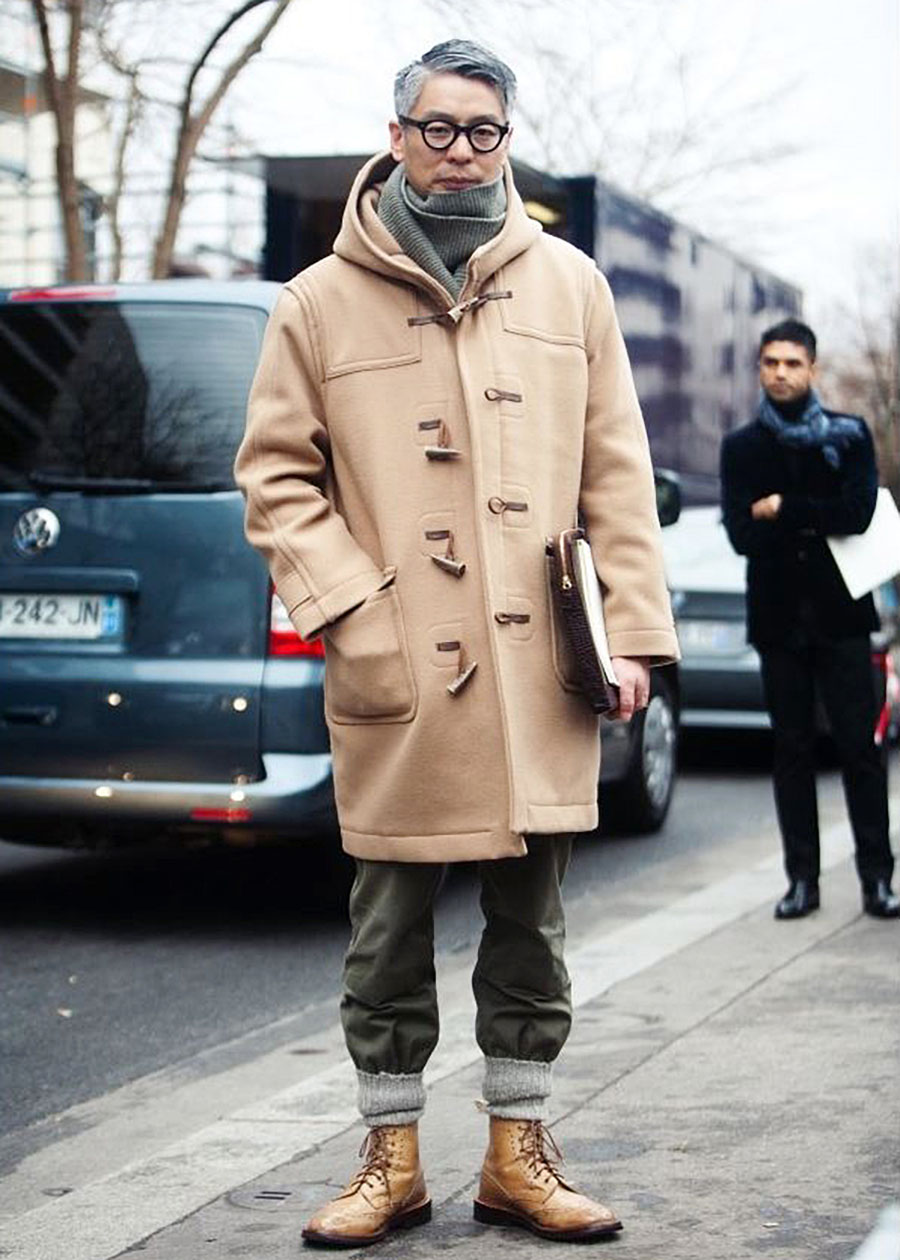
Takahiro Kinoshita

